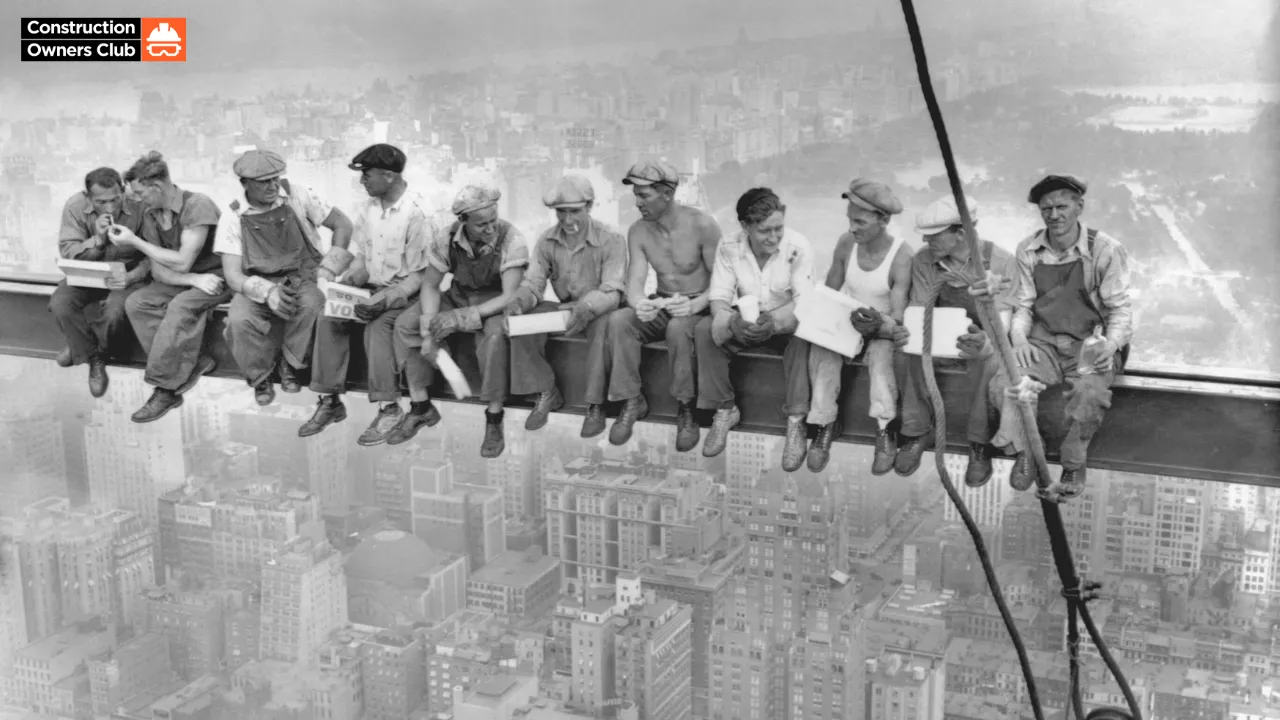
Is the construction industry on the brink of a talent tsunami?
The creaking sound you hear isn’t your old house settling; it’s the industry’s foundation trembling. A perfect storm is brewing: an aging workforce, a dwindling pool of skilled labor, and a surging demand for construction projects. This isn’t just a challenge; it's a crisis in disguise.
For years, the construction industry has operated under the radar of talent management. While other sectors have been grappling with attracting and retaining top talent, construction has largely been seen as a trade, not a career. This outdated perception is a major contributor to the skills gap.
Let's face it: construction is tough. It's physically demanding, often outdoors, and carries inherent risks. But it's also a cornerstone of our economy, offering stable jobs with excellent earning potential. We need to change the narrative.
It's time to redefine the construction worker. They are not just bricklayers or carpenters; they are problem-solvers, innovators, and architects of our future. They are the backbone of our cities, the builders of our infrastructure, and the creators of our living spaces.
To attract and retain this new breed of construction professional, we need to offer more than just a paycheck. We need to create a culture of learning, growth, and opportunity. This means investing in training and development, providing clear career paths, and fostering a sense of purpose.
Industry leaders like Skanska and Turner Construction have begun to address the skills gap by focusing on workforce development and diversity. They understand that a skilled and diverse workforce is essential for long-term success.
But we need to go further. We need to create a pipeline of talent that starts in high school and continues through college and beyond. This means partnering with schools, trade unions, and community organizations to offer vocational training and apprenticeships.
The construction industry is at a crossroads. We can either continue to muddle through the skills gap or take bold steps to create a sustainable future. It's time to invest in our people, innovate our processes, and elevate the construction industry to the level of respect it deserves.
How can we create a construction industry that is as attractive to young people as careers in technology or healthcare?